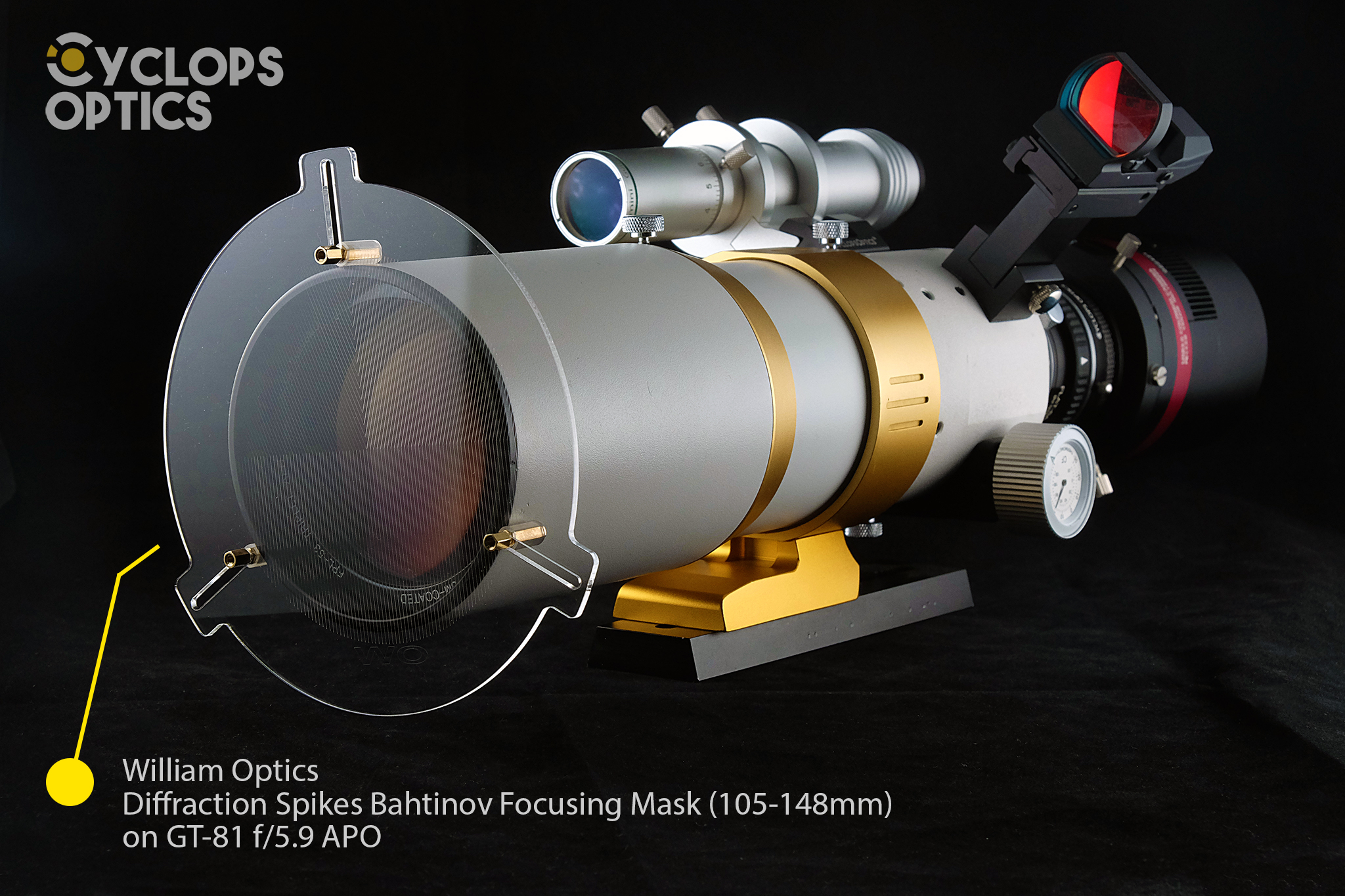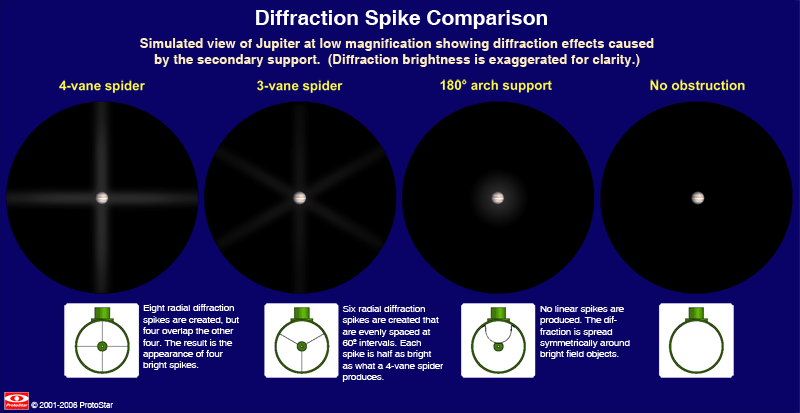

The mask is made with a plywood housing that fits over. The spikes are in fact due to diffraction: the detector is supported by arms that diffact light and make the shape. The spider vane top left is close to good. But I can still get diffraction spikes with this telescope by using a homemade diffraction spike mask. But why do people also see diffraction spikes Because the human eye lens contains tiny structural imperfections called. The spider vane that's pointed to the bottom left looks to be slightly tilted. The spider vane that's pointing to the bottom right looks tilted with slight twist. It looks like to me Geoff that the spider vane that's pointing to the top right hand corner in your image is tilted, not twisted. If you are going to test it this way, put your telescope flat on a table, not pointing up because if you accidentally drop the spirit level you don't want it falling on to the primary mirror.


Best to do it at each end of each spider vane. What are diffraction spikes Antares, with diffraction spikes Shown to the left in this exposure of the bright star Antares, diffraction spikes are artifacts that show themselves on brighter stars in our images when the beams of light entering the objective end (the business end) of your lens run into an obstacle and are interfered with and bent, causing the light to spread out. Diffraction spikes are caused by the bending of light as it passes near the crossed metal support-arm system (spider) that holds our telescopes secondary. This was a rough guide for me to correcting the spider vanes in my 1200mm focal length Newt. To visually see which vane is out I put a small hand spirit level on the vane and sighted along the bottom of the spirit level that's sitting flat on the spider vane, it should point directly at the image of your spider vane on your primary mirror.


 0 kommentar(er)
0 kommentar(er)
